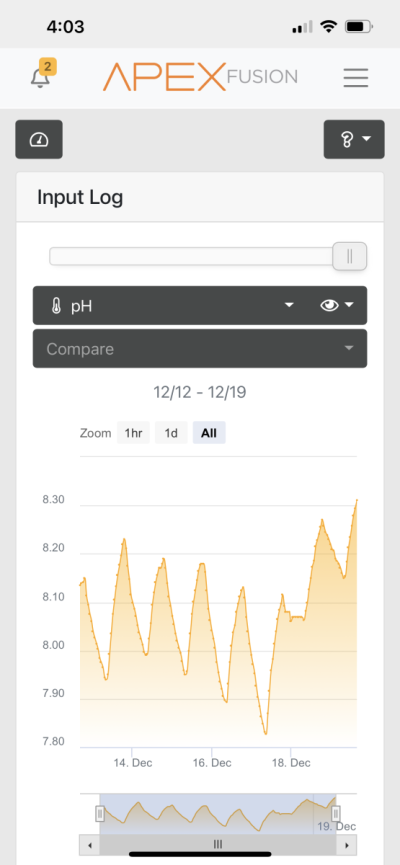Randy Holmes-Farley
Reef Chemist
View Badges
Staff member
Super Moderator
Excellence Award
Expert Contributor
Article Contributor
R2R Research
My Tank Thread
- Joined
- Sep 5, 2014
- Messages
- 67,146
- Reaction score
- 63,497
hey randy i have a question regarding potency of the sodium hydroxide (recipe 1) in comparison to brs 2 part soda ash.
i currently dose 140ml of brs soda ash daily to maintain 8dkh. how much will i be required to dose in sodium hydroxide (283 grams of sodium hydroxide in 1gal of rodi) ?
my calculation is coming up to the same amount am i correct?
also will it be more beneficial to use calcium hydroxide as cal source and sodium hydroxide as alk source or does calcium hydroxide raises both alk and cal? and if yes to raising both whats the alk raisabilty of kalk? maybe use both in combination if alk can be maintained by both sides without causing a spike.
BRS uses my DIY baked baking soda/sodium carbonate/soda ash recipe, and since this hydroxide recipe is designed to match that one in potency, you should use the same volume as the starting point. The higher pH may boost demand, and thus you may need to dose a bit more.
Calcium hydroxide dissolves a little bit to make kalkwasser (a perfectly fine alk and calcium additive), but it is very weak. It’s fine to use it, but it cannot be mixed into this recipe.



















